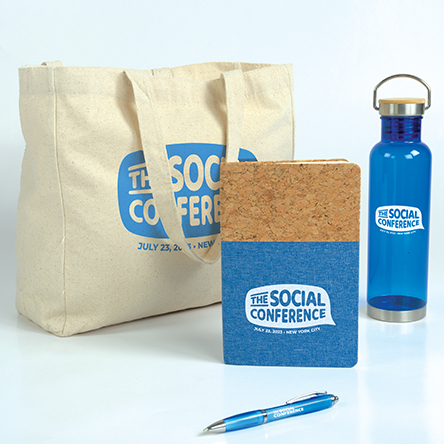In the world of promotional products and branded merchandise, the term “swag” is commonly used to refer to free items given away by companies for promotional purposes. It has become a popular term in the industry and is often associated with marketing campaigns and corporate events. But have you ever wondered where the word “swag” actually comes from? In this article, we will delve into the origin and meaning of the word “swag,” exploring its etymology and tracing its evolution over time.
Etymology of the Word “Swag”
The word “swag” has a fascinating history and has undergone several transformations in its usage. Its origin can be traced back to the early 18th century when it first appeared in the English language. The term initially emerged as a slang word used by thieves and criminals in England. In their subculture, “swag” referred to stolen goods or the act of stealing itself.
Over time, the meaning of “swag” expanded beyond criminal circles and began to be used more broadly. In the early 19th century, it started to be associated with the concept of free or extra items that were acquired through unconventional means, such as gifts, rewards, or unearned benefits. This connotation of “swag” as something given away or obtained as a bonus eventually led to its adoption in the realm of promotional products and corporate giveaways.

Evolution of “Swag” in the Promotional Products Industry
In the context of promotional products, “swag” has come to represent the various items that companies distribute to their target audience as part of their marketing efforts. These items typically bear the company’s logo or branding and serve as tangible reminders of the brand. By giving away promotional swag, businesses aim to enhance brand visibility, create positive associations, and foster customer loyalty.
Promotional swag can encompass a wide range of items, including custom apparel, drinkware, tech gadgets, stationery, bags, and more. These items are often customized with the company’s logo, slogan, or message, making them valuable tools for brand recognition and recall. When recipients use or display these branded products, they inadvertently become walking advertisements, spreading awareness of the company to a wider audience.

The Impact of Promotional Swag on Brand Recognition
One might wonder why companies invest in promotional swag and whether it truly has an impact on brand recognition. The answer lies in the psychology of human behavior and the power of tangible, personalized items. Numerous studies have shown that receiving a physical gift, even a small one, can create a sense of reciprocity and goodwill in the recipient. By providing promotional swag, businesses tap into this psychological principle, establishing a positive association with their brand in the minds of the recipients.
Moreover, promotional swag serves as a constant reminder of the brand, as it often finds its way into the recipient’s daily life. Whether it’s a branded pen on their desk, a tote bag they use for groceries, or a custom water bottle they carry to the gym, these items create repeated exposure to the brand’s visual identity. This repeated exposure strengthens brand recall and familiarity, ultimately contributing to increased brand recognition and customer loyalty.

The word “swag” has come a long way from its origins as criminal slang. Today, it has become an integral part of the promotional products industry, representing the various items that businesses distribute to promote their brand. The evolution of “swag” reflects the power of tangible marketing tools and the effectiveness of promotional products in creating brand visibility, recall, and loyalty.
